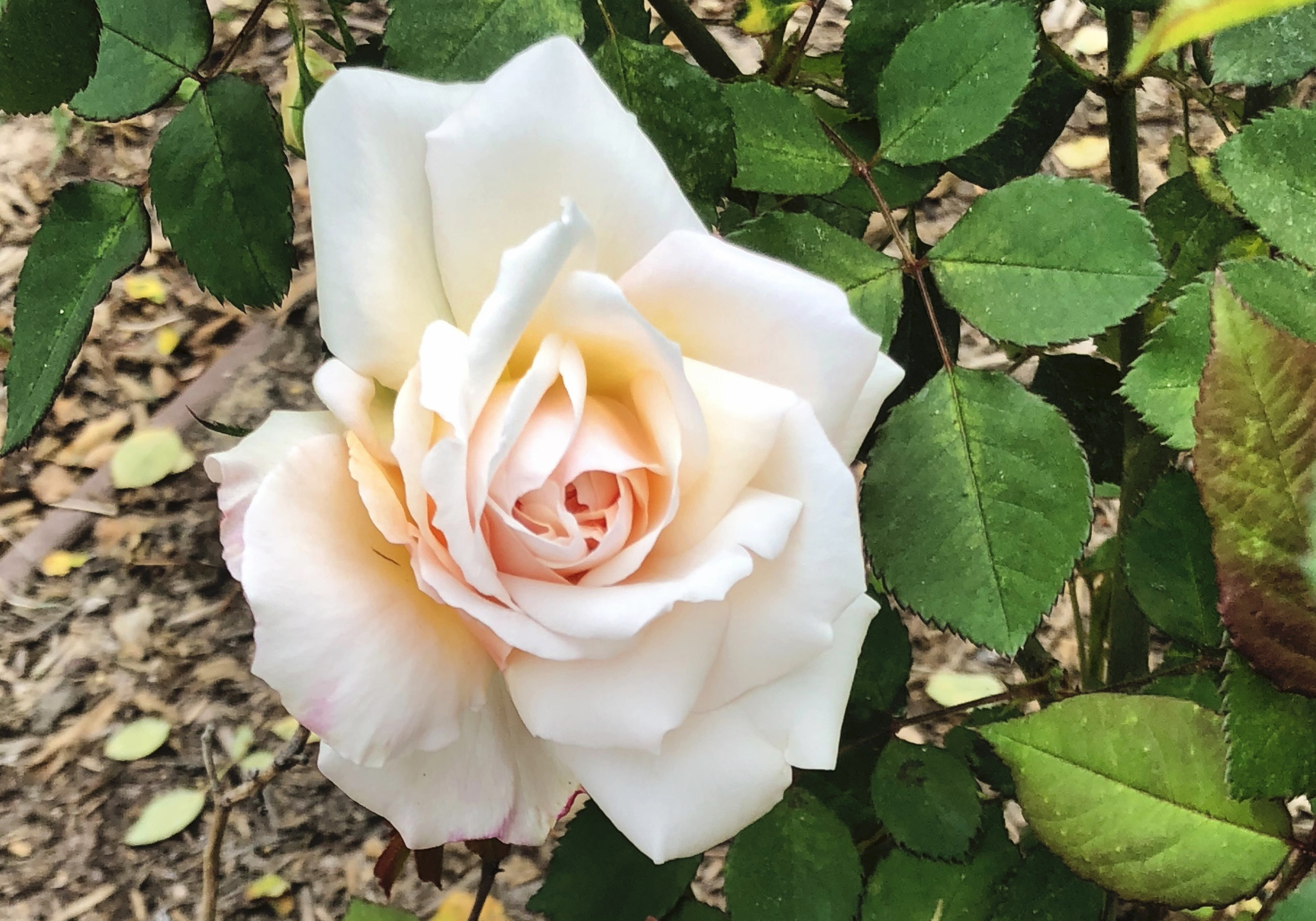Most of us remain confused and silent about love.
When we love we can let our hearts speak.
—bell hooks
I set an intention this year to write and work from a single theme each month. February seemed the perfect time for thinking, writing, and exploring love. My interest lies beyond love as an emotion or relationship. I want to explore love as a concept and a construct to drive decisions, define cultures, embed beliefs, and offer hope. More than anything, I wanted to consider love as something we do, not something we receive or withhold.
What do we know about love?
In the first few pages of all about love, bell hooks* describes graffiti on a construction wall on her walk to her teaching job at Yale University.
“The search for love continues even in the face of great odds.”
For hooks, the message spoke to her own wounded heart. A picture of the graffiti sits above her kitchen sink. Why would those words drive bell hooks to study, research, and write about love? They stand as a constant reminder “that we yearn for love—that we seek it—even when we lack hope that it really can be found.”
I pondered the notion that many of us remain silent about love even in the midst of all the media and focus on romance in our cultures. Hooks suggests that “we are simply afraid the desire to know too much about love will lead us closer to the abyss of lovelessness.”
I tried to recall any recent conversation with friends or colleagues about love. We skirt the issue sharing mostly snippets of the dramas that reside in every family about newfound love or marriages in trouble. When was the last time you sat down to discuss the deep implications of love as an action that impacts how we engage with one another?
This is my quest.
This past year has caused me to wonder if we are missing a fundamental link in our connected humanness. Something in hook’s book triggered my memory. I went searching for a book abandoned in a closet amid a stack of old books—my worn, highlighted, and dog-eared copy of Erich Fromm’s The Art of Loving.
I have periodically revisited this text and the insights I underlined in red throughout the book. My notes scribbled in the margins with questions and arguments reflect my thoughts across the years.
Originally published in 1956, Dr. Fromm explored love as a human need and one that we rarely understand even though we are starved for it. I’ve always thought of love as innate, but Fromm offers another perspective.
Love isn’t something natural. Rather it requires discipline, concentration, patience, faith, and the overcoming of narcissism. It isn’t a feeling, it is a practice.
How can we practice?
That is the question.
I’m dedicating the next 28 days to probing and plodding through my own and others’ thoughts about how we can develop a practice of love. What if we examined love through a different lens?
Practicing a skill the wrong way usually won’t help you improve. I’m wondering how new thinking would change our practice.
I invite you to join me on this adventure. During the month, I plan to also read Toni Morrison’s Beloved and Letters from Max, a moving exchange between student and teacher and a deep friendship.
Share your thoughts or other books in the comments. Find and read new works or revisit old gems that might expand understanding love as a verb. I’m interested in how others wrestle with love and lovelessness or don’t think of it at all.
Let the learning begin.
In the front flap of the Art of Loving, I had inscribed this quotation from D.H. Lawrence:
Those that go searching for love only make manifest their own lovelessness, and the loveless never find love, only the loving find love, and they never have to seek for it.
And always—



Leave A Comment